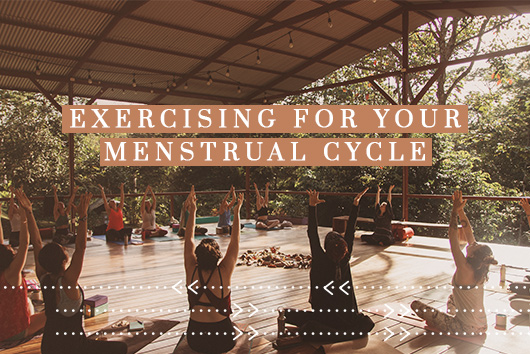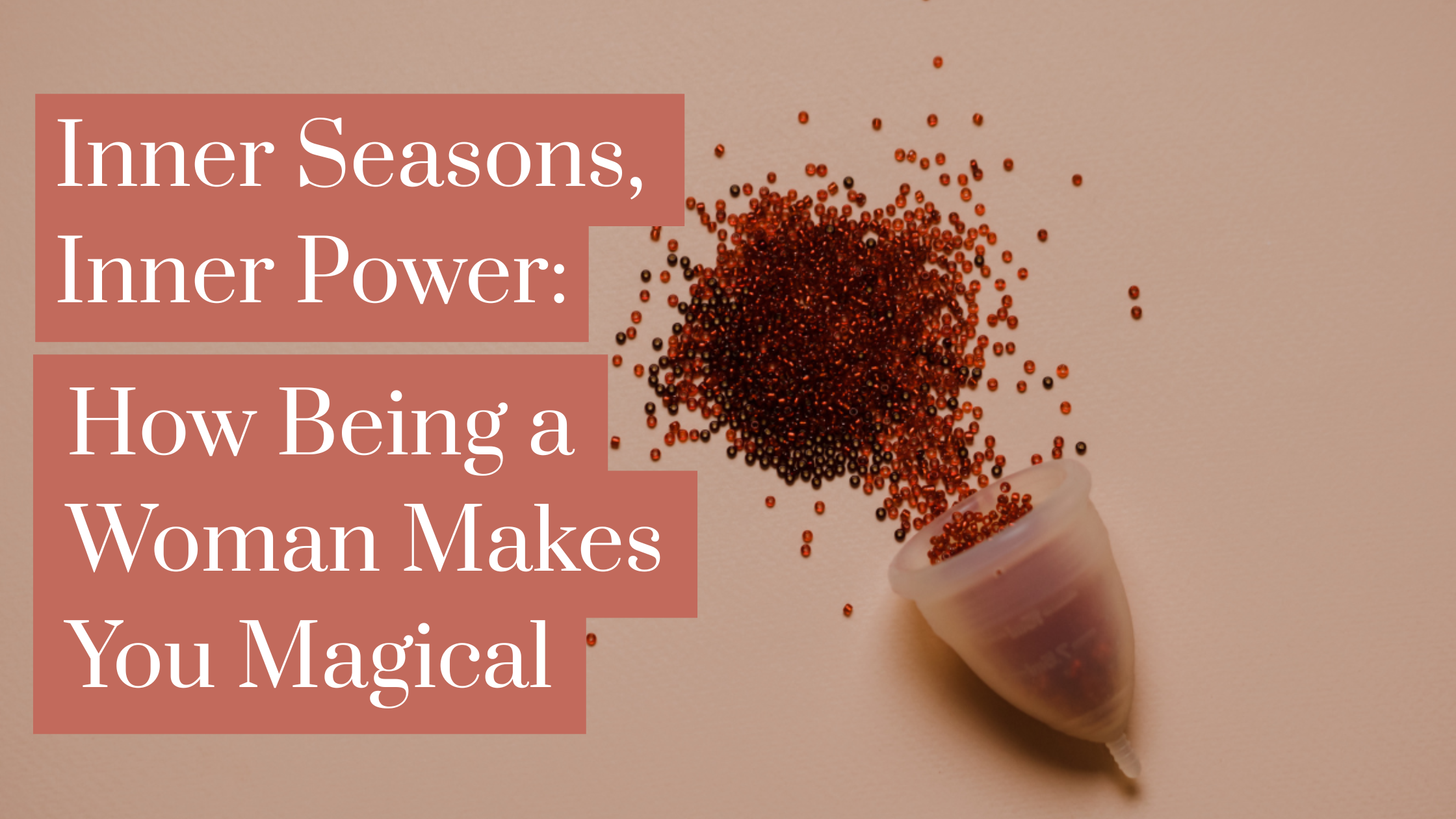Options for PCOS

Usha Anandi. 24 | NOVEMBER | 2020
Polycystic Ovary Syndrome (PCOS) is a condition that affects millions of people who menstruate in the U.S. alone.
Although millions of people suffer from this condition world wide, science still doesn’t know the exact cause – but it has some ideas…
Symptoms of PCOS range from fertility issues, weight gain to a higher propensity towards being diagnosed with Type-2 Diabetes in later life.
Currently, there is no popularized medical treatment for the cause of this condition. Instead, most people who menstruate are given hormonal contraceptives as a ‘solution’ to the problem.
But you might remember reading that hormonal birth control is only a band-aid to a much deeper problem.
And that’s just one of the myriad reasons why I created my Power of the Period Workshop.
This FREE online workshop takes a revolutionary look at our menstrual cycle so you can connect to each of the unique phases and truly understand your cyclical nature.
While also introducing you to HEALING YOURSELF from hormonal imbalances, pain and chronic conditions.
So, what exactly is PCOS?
One of the reasons so many people with PCOS suffer is because it’s a clinically diagnosed condition.
There’s no exact “test” that can tell you whether you have it or not! Instead, to be diagnosed with PCOS, you need to have one or more of the symptoms.
But contrary to popular belief – perhaps derived from the name polycystic which literally means “multiple cysts” – you can have PCOS without having any cysts on your ovaries.
Again, while there’s no clinical test to detect this condition, doctors are usually able to make a proper diagnosis based on one or more of the following symptoms:
- Irregular periods or lack of menstrual flow
- Anovulation (lack of ovulation)
- Weight gain and obesity
- Darkening and thickening of body and facial hair
- Thinning and hair loss from the head
- Elevated blood-sugar levels
- Chronic low-grade inflammation
- Infertility
- Cystic acne, especially around the chin and/or jaw area
- Multiple cysts on one or both ovaries
Though many people who bleed are diagnosed with this condition, there are many people left without a diagnosis.
This is due to two things. The lack of clinical testing available and the lack of education many primary care providers receive regarding the health issues of people who bleed.
This means millions of people who bleed are left misunderstood and unsupported while suffering with PCOS.

How does it affect the body?
While we’re unable to pinpoint the exact cause of this condition, as further research is done on PCOS, we’re starting to get a deeper look at what’s happening in the bodies of people with this condition.
People with PCOS have elevated levels of androgenic hormones such as testosterone that can prevent ovulation, increase hair growth, oil production in the skin and cause difficulties in having regular menstrual cycles.
This means the follicles within the ovaries often continue to grow, but they either never reach full maturation, or the egg isn’t released. As a result, ovulation doesn’t occur and the energy contained in the once-growing follicles turn into stagnant masses, otherwise known as cysts.
And when ovulation doesn’t occur, progesterone – a vital hormone to keep cycles regular – isn’t produced and released.
But how does this hormonal imbalance happen in the first place?
One answer might lie with the body’s response to insulin…
Many clients I’ve worked with who suffer with PCOS also have insulin resistance. One of insulin’s jobs in the body is to take sugar from the bloodstream and transfer it into the cells to use as energy throughout the day.
But when we have insulin resistance, the levels of sugar in our blood stays heightened, leading to chronic inflammation and results in confusing signals sent to the ovaries.
It’s this confusion that triggers the ovaries to produce testosterone INSTEAD OF estrogen – hence the hormonal imbalance.
That’s why in many cases, excess testosterone is only a symptom of a much deeper, metabolic syndrome.
As it appears people who menstruate with PCOS are unable to properly process insulin that results in rising androgenic hormones and the resulting symptoms of PCOS.

This topic is literally MASSIVE! And there’s only so much I can explain with written words…
So I created a video so I could dive deeper – as I always love to do – and explain more of the intricacies of PCOS.
PCOS can affect people who bleed in soooooooo many ways and I want you to know that there are things you can do to help you manage and heal your symptoms.
Once you watch the video below you’ll see there is a light at the end of the tunnel. Because you can heal this chronic imbalance yourself.
I believe you can heal from PCOS. But the only way to do that is to first connect with your cycle and reclaim the power of your period.
If you are ready to take this courageous step towards menstrual freedom then I know I have something that is perfect for you.
My Power of The Period Workshop – register for the FREE workshop below.




